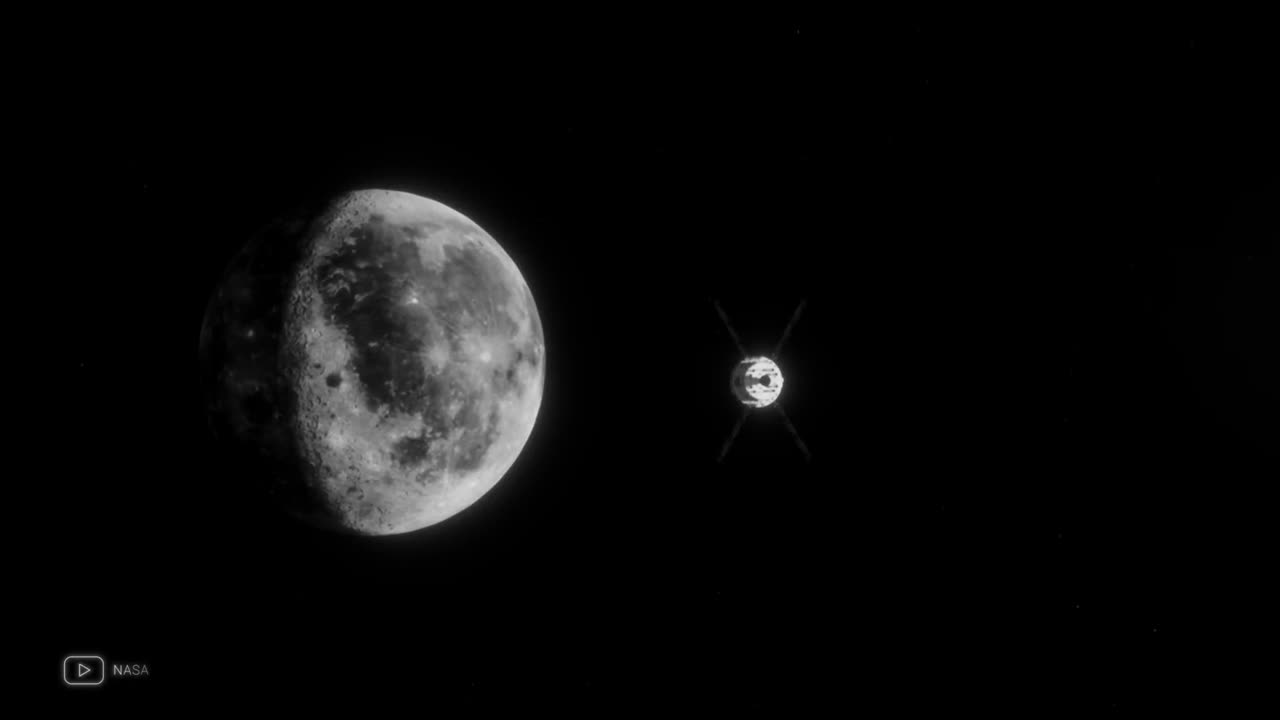Premium Only Content

NASA - Jupiter in 4k Ultra HD(1080P-HD)
Jupiter is the largest planet in our solar system and is often referred to as a gas giant. Here are some key facts about Jupiter:
Size and Composition: Jupiter is more massive than all the other planets in the solar system combined. It is primarily composed of hydrogen and helium, similar to the composition of the Sun.
Appearance: Jupiter's appearance is dominated by its thick atmosphere, which features prominent bands of clouds and the Great Red Spot, a massive storm that has been observed for centuries. The planet has a pale, yellowish color.
Moons: Jupiter has a vast number of moons, with over 80 known satellites. The four largest moons, known as the Galilean moons, are Io, Europa, Ganymede, and Callisto. These moons are some of the largest and most interesting objects in the solar system, with diverse geology and potential subsurface oceans.
Magnetic Field: Jupiter has an incredibly strong magnetic field, which is the strongest of any planet in the solar system. This magnetic field creates intense radiation belts around the planet.
Rings: Jupiter has a faint ring system consisting of several thin, dark rings. These rings are not as prominent as Saturn's rings and were discovered by the Voyager 1 spacecraft in 1979.
Rotation: Jupiter rotates rapidly, with a day lasting only about 9 hours and 55 minutes. Its rapid rotation causes it to have an oblate shape, meaning it's slightly flattened at the poles and bulging at the equator.
Exploration: Jupiter has been studied extensively by spacecraft. NASA's Juno spacecraft arrived at Jupiter in 2016 and has been collecting data about the planet's composition, gravity field, magnetic field, and polar magnetosphere. Other missions, like the Galileo spacecraft and the Pioneer and Voyager missions, have also provided valuable information about Jupiter.
Formation: Jupiter is thought to have formed early in the history of the solar system, likely within the first few million years after the Sun's formation. Its large mass prevented other objects in the region from coalescing into a larger planet, which had a significant influence on the structure of the solar system.
Jupiter is a fascinating planet that continues to be the subject of scientific study and exploration. Its unique characteristics and immense size make it a critical piece of our understanding of the solar system's formation and dynamics.
-
 LIVE
LIVE
JuicyJohns
55 minutes ago🟢#1 REBIRTH PLAYER 10.2+ KD🟢
165 watching -
 LIVE
LIVE
Crypto Power Hour
1 hour agoMaster Your Crypto, The Ultimate Wallet Guide
92 watching -
 26:39
26:39
Producer Michael
19 hours agoMY $32,000 EMIRATES FIRST CLASS FLIGHT!
35.3K6 -
 10:12
10:12
BlaireWhite
1 day agoWoke TikTokers Are SUPPORTING The Trans Shooter..
1.47K11 -
 48:21
48:21
The Confessionals
21 hours agoPossessed by the Gods? The Truth About Avatars w/ Jonathan Cahn
10.3K6 -
 36:34
36:34
The Finance Hub
18 hours ago $2.47 earnedBREAKING: BILL CLINTON'S EPSTEIN TIES JUST GOT RELEASED!!!
13.4K12 -
 2:02:14
2:02:14
BEK TV
1 day agoTrent Loos in the Morning - 9/10/2025
10K -
 LIVE
LIVE
The Bubba Army
23 hours agoFeds STEP IN on Charlotte Stabbing Case - Bubba the Love Sponge® Show | 9/10/25
2,008 watching -
 LIVE
LIVE
FyrBorne
11 hours ago🔴Warzone M&K Sniping: An Old Meta Returns To Cut Down The Competition
57 watching -
 25:54
25:54
ZeeeMedia
14 hours agoThe Shadow Government, Mask Plague, Nepal Uprising Topples Government | Daily Pulse Ep 104
21.6K25